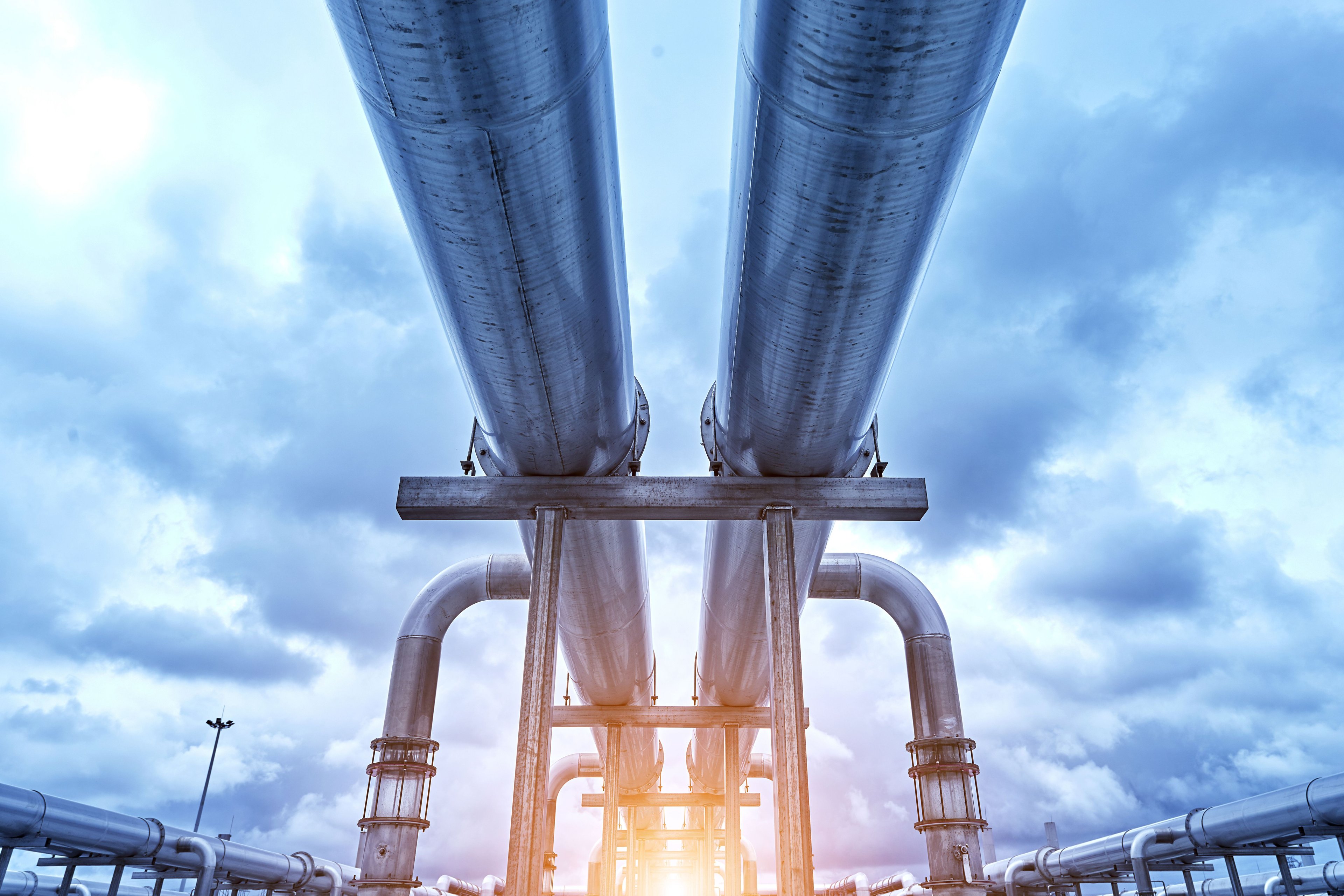In the grand scheme of natural gas vehicles, or NGVs, America is well behind the adoption curve. Of the more than 16 million NGVs on our planet's roads, fewer than 1% are in the United States. With so many supposed advantages over traditional fuels, in concert with America's obvious abundance of the resource, why aren't we pushing hard for this?
The NGV advantage
Charlie Blanchard, the lead analyst for gas at Bloomberg New Energy Finance (BNEF), is bullish on NGVs. He sees real promise for natural gas in heavy-duty vehicles. The technology already enjoys significant penetration in refuse markets, shuttle buses, and municipal fleets, even though the market for natural gas in general transportation is underdeveloped.
According to industry groups, the use of natural gas in vehicles present numerous environmental and social benefits.
- Carbon dioxide emissions are reduced by 20%-30%.
- Overall greenhouse gas emissions are reduced by 20%-29% as compared to diesel and gasoline.
- The U.S. imports nearly 50% of all its oil used in the country -- about 3.1 billion barrels in 2012, equivalent to $312 billion -- whereas natural gas is an abundant domestic resource.
- The natural gas industry is responsible for nearly 3 million jobs in the U.S., either directly or indirectly.
While there is surely a healthy amount of industry propaganda embedded in the above points, they are not entirely off base. They've certainly caught the attention of the Obama administration, which is pushing for tax breaks for natural-gas-powered trucks as a means to cut U.S. dependence on foreign oil.
More than just a pipe dream?
The recent BNEF Summit dedicated an entire session to the promise of NGVs. Representatives from Clean Energy Fuels (CLNE 3.60%) and Questar (NYSE: STR) had a lot to say about the future.
Andrew Littlefair, Clean Energy Fuels' CEO, explained that his company is totally focused on natural gas for transportation, currently operating in 43 states. The company saw the perfect opportunity in abundant domestic natural gas reserves and the tremendous advances in engine technology. Thus was born American's Natural Gas Highway, a concept under which Clean Energy Fuels envisions a liquefied natural gas, or LNG, station every 250 miles on major corridors. That goal does not constitute a perfect deployment, but it does enable heavy-duty trucks to go from coast to coast.
Ronald W. Jibson, Questar's chairman, president, and CEO, said that Clean Energy Fuels had moved the needle on this topic, and had served as a wake-up call to the U.S. about the opportunities inherent in natural gas. (It was a bit of a corporate love-fest.) Questar is fully integrated across the natural gas value chain, offering development, transportation, and distribution.
Jibson explained that Questar saw a huge opportunity in 2008, when the governor of Utah approached the company for solutions after gas hit $4 for the first time, while natural gas was at $0.67. He said that with natural gas prices running about 55% below gas prices, it's a pretty safe assumption that you'll continue to see a spread of $1-$2. When asked what would happen if natural gas prices increased, Jibson said we'd probably see the correlation with oil and gas prices hold, but he expects the spread to hold, too.
Major fleet operators like FedEx (FDX 2.32%) are keen early adopters. According to William Logue, president and CEO of FedEx Freight, FedEx is currently testing conversion of fleet vehicles to LNG and compressed natural gas, or CNG. FedEx had been a large diesel user all along but, when fuel hit $4, the company saw a lot of opportunity in cheaper natural gas.
Logue noted that when converting vehicles from diesel to natural gas, it's critical to understand the economics of that transition. Littlefair said that Clean Energy Fuels had done its first vehicle conversion for Waste Management (WM +0.03%) roughly a decade ago, taking the vehicle out of service for four to five months. The incremental costs to Waste Management at the time were about $45,000 -- now that number is down to $20,000. The incremental cost of conversion is critical to fleet operators' uptake of NGVs.
Littlefair pointed out that today, 90% of Waste Management's new fleet purchase is natural gas. Others will follow when they see the benefit. He said that savings of $1.25-$1.50 per gallon is hard to ignore. There's a chicken-and-egg problem, though: How do we get folks to buy natural gas trucks and get the infrastructure going at the same time? Each is dependent on the other.
Nevertheless, fueling stations are on their way. Since 2010, CNG stations under construction are up 193% and LNG under construction up 8,800%. (CNG is better for short-range fleets that return to the same base every day, while LNG is better for long-range fleets, and thus suits the heavy-duty vehicle market better.)
Clean Energy Fuels has teamed up with General Electric (GE 3.93%) on America's Natural Gas Highway. Clean Energy Fuels is using GE's MicroLNG Technology. GE's plug-and-play modular units are designed to liquefy natural gas rapidly while minimizing a site's physical footprint. GE Energy Financial Services is also providing up to $200 million in financing for the MicroLNG plants.
What could go wrong?
This whole story hinges on the success of natural gas, and there are risks to that. A single major fracking accident could have Fukushima-like effects on the industry as a whole. And if the natural gas price doesn't in fact remain below that of oil, a big part of the economic case evaporates. Still, all in all things look bright for NGVs. Now might be just the time to consider an investment.








